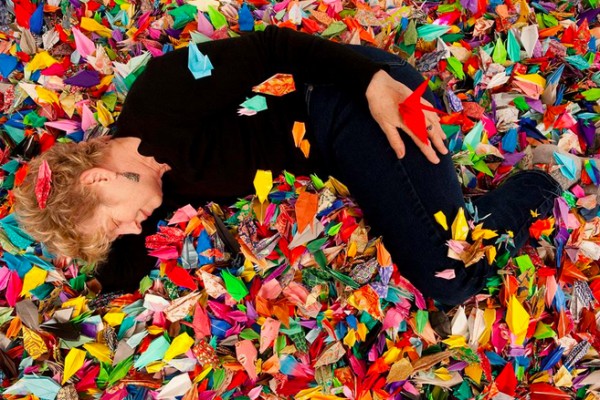
Fifteen thousand origami cranes by artist Patrice Demmon flock to peace and recovery
If you’ve recently passed through the ambulance entrance of the critical care ward at OHSU’s Doernbecher Children’s Hospital you may have noticed the colorful origami cranes hanging overhead. The cranes displayed at Doernbecher number roughly 5,000. The installation, CraneAge, constitutes just one third of an effort by local artist Patrice Demmon. The other two-thirds hang at the Mark Woolley Gallery at Pioneer Place Mall downtown. According to Japanese, Chinese, and Korean tradition, cranes represent good fortune and longevity. After World War II, a young child diagnosed with leukemia sought to fold a flock of 1,000 cranes in hopes of returning to good health, happiness, and world of eternal peace—a practice known as senbazuru. She died before she was able to fold 1,000, but her classmates finished the task in her honor. In these traditions, it is common to place flocks of 1,000 folded cranes at shrines and temples. Chains of folded cranes are often placed around the necks of those suffering from an illness. The gesture represents a prayer for recovery, a wish for happiness, and a hope for sympathy and peace. The intention of Demmon’s installation is no different. The medical team at Doernbecher and OHSU saved her son’s life…
